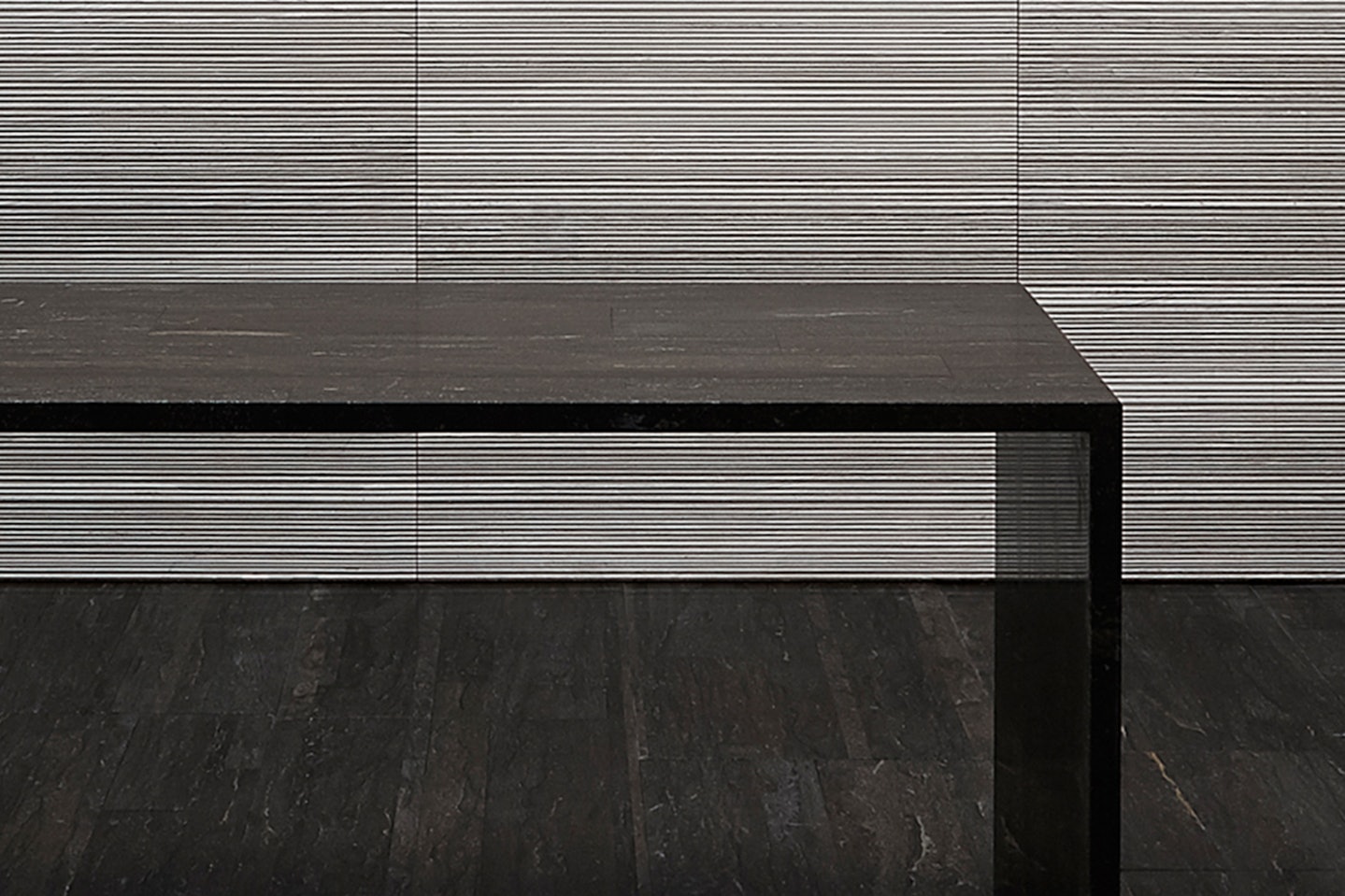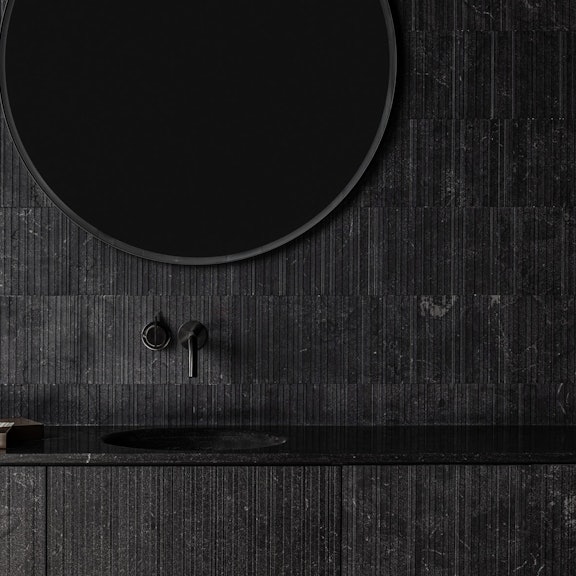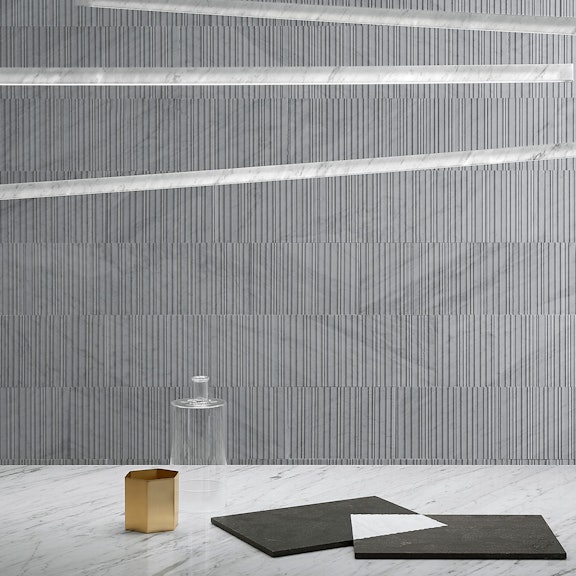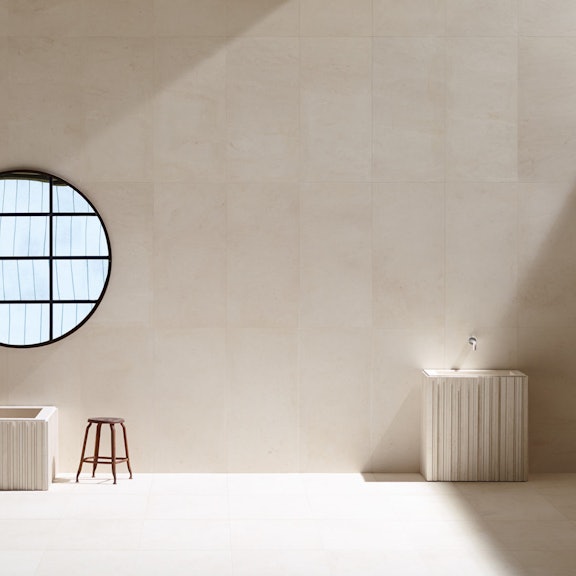The tactility of stone
03.2022
Natural stone has a physical presence that cannot be emulated with synthetic veneers and painted faux marbling effects
For millennia, natural stone has been prized by artists and architects for its durability and richly variated patterning. It is only in recent years – in an approach pioneered by Salvatori – that innovative surface textures have been developed, breathing new life into an ancient material.
Despite the beauty and power of Michelangelo’s half-finished slaves – destined for the tomb of Pope Julius II and now forever uncompleted – the expressive, tactile potential of stone had not truly explored until the work of the great Impressionist sculptor Auguste Rodin at the end of the 19th century. Eschewing a perfectly polished, naturalistic approach in favour of detailed, textural modelling, Rodin revolutionised how natural stone was used in art, opening up the sculpture’s surface, and not just its form, as a site of artistic expression.
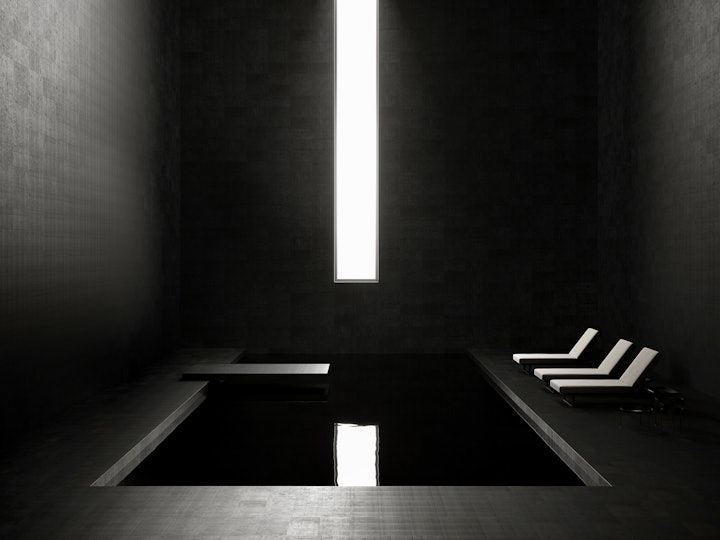
The same expressive potential of stone in design, however, is less well established. For centuries stone, particularly marble, has only been used architecturally with a smooth, highly polished surface, and has come to be seen as ostentatious and antiquated as a result. Yet in addition to the unique qualities of natural stone – its remarkable strength, its malleability, the unique variation of each block – the surface provides a great opportunity for design, for it to be worked, to be expressive in itself, while retaining the beauty inherent in each piece of stone.
We have been at the forefront of exploring the tactile potential of natural stone for decades. Launched in 1950 by Alfredo Salvatori, the ‘Spaccatello’ or Split Face finish – a method of cutting stone with a guillotine to add greater depth and dimension – established a lineage of experimentation and innovation that continues today under Alfredo’s son and the company’s current CEO, Gabriele.
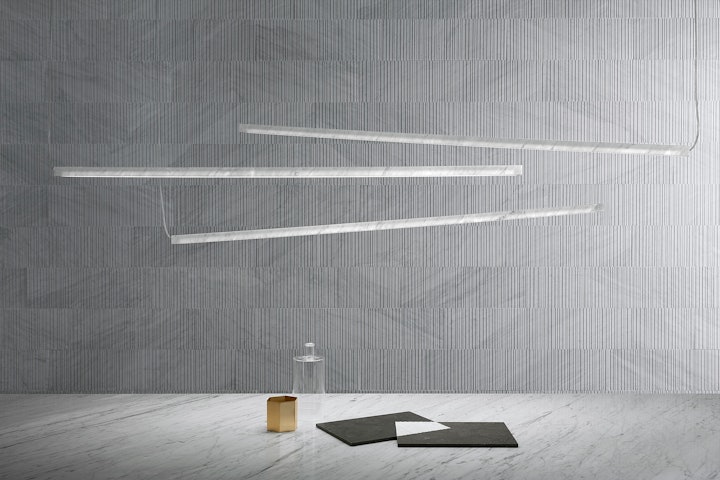
Bamboo, our first texture, was developed by Gabriele with his father in 2003, introducing a ridged finish to the stone’s surface – a simple linear rhythm that creates a sense of harmony. Since then we have introduced over 15 textures including Infinito, a pattern of parallel lines cut deep into the stone, which meet seamlessly at corners; Cotone, a roughly pared-back surface with artful scuff marks; and Dune, rounded tiles with a smooth finish. We have also worked with established designers to develop textures, such as Raw with Piero Lissoni, which evokes the surface of roughly cut wood, and Ishiburo, the texture created with Kengo Kuma for his bathroom collection – a sequence of apparently haphazardly laid stone strips of varying sizes which come together to form, in the words of the designer, an “angular harmony”.
This departure from traditional surface treatments moves closer to stone as it is found in the natural environment. Understated and muted, rather than highly worked and reflective, these textures subtly augment the natural aesthetic qualities of stone – its unique patterning, colouration and veining. It is an approach that ensures natural stone can continue to be relevant in the context of contemporary design, breathing new life into an incredibly versatile, durable and sustainable material.
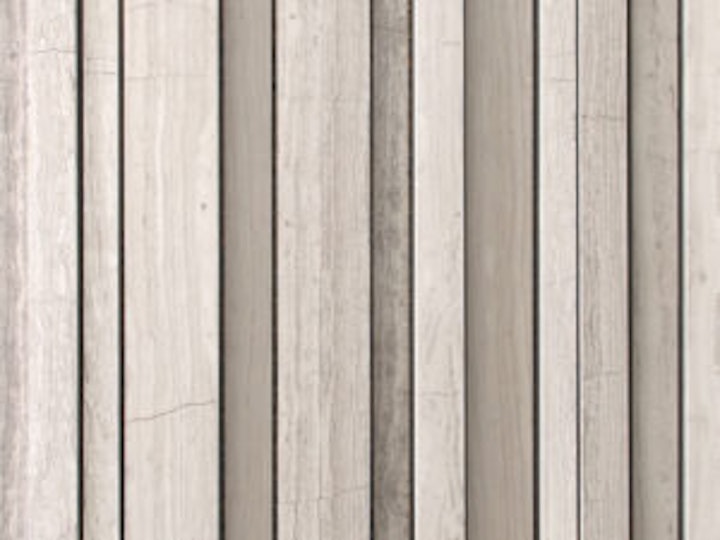
Natural stone has a physical presence that cannot be emulated with synthetic veneers and painted faux marbling effects. It is precisely this sensuous tactility which makes stone, and Salvatori’s approach, attractive to designers – as evinced by our collaborations with some of the most highly respected designers working today, as well as the use of our stone in pioneering architectural projects, such as Sir David Adjaye’s first skyscraper in New York.
With over 70 years experience, we have developed an unparalleled understanding of how to source and extract the highest possible quality of stone, going to great lengths to find blocks that are chemically stable and feature the best aesthetic characteristics. We are now matching that expertise with an innovative approach to working the stone’s surface – sensitively, elegantly realising the tactile potential of natural stone.
